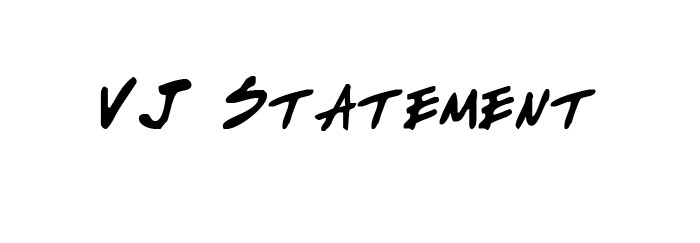Info Categories
INFO - VJ STATEMENT

About Paul Clay and FICTIVE
Video art is usually traced back to the Sony Portapack, but I see my current work being related to two other trends, namely the happenings of decades ago, and the historical development of digital media.
The dawn of video mixing lies in the 60's, with the birth of the live colored light show, related to notions of pure visual input and mind expansion. This early work continued in the realm of rock concerts in the 70's, but the aesthetic of this work took a more commercial turn, beginning with juxtaposed images of nature and culture from around the world, but evolving into the expensive crane shots of performers and commodified sexual imagery we know today. Some fundamental quality of the early light shows has continued to percolate along the years, under the surface. This idea of casting light live in real time to create aesthetic impressions in the viewer.
The second trend or influence is the sampling (or digitizing) of imagery. This came out of military intelligence efforts to enhance satellite spy photography. The military had all the nifty Photoshop filters before we got to play with them, and I doubt if it occurred to them for many years that those algorithms might get used to make art.
In the current era similar filters can be applied to video. Converting video media into digital data creates "the unforeseen option of addressing not only images (by frames) but even every single picture element (pixel). Images and sounds thus become calculable and can be subjected to algorithms of pattern recognition - procedures which will "excavate" unexpected optical statements and perspectives out of the audio-visual archive" - Wolfgang Ernst, A visual archive of cinematographical topoi: Navigating images on the borderline of digital addressability.
Though Ernst is discussing the philosophy of archives, the algorithms he refers to are exactly what video mixing is based on. Filtration of video signals devalues subject and instead favors formal elements such as volume of luminance, hue and chroma, contrast, and scan line or pixel variation across time. The artificial conceptual structure of line drawing can be applied as filter by selecting edges and augmenting or flattening them. All of the filtering is based on the mathematically analyzed visual properties of the images, on what Ernst calls the genuine "mediatic criteria" of the image.
These two trends of light shows and digital data mining come together in a contemporary resurgence of interest in live video and light mixing. This is a direct result of increases in the speed of computing and a sudden explosion in the number of live mixing programs as well as their new ease of use.
My work uses recognizable imagery, yet tends to devalue contentism or focus on narrative elements. Visual properties are complexified by blending multiple live video streams so that they mutually infiltrate one another and exhibit permeable boundaries, the primacy of the individual frame broken through keying, cutting patterns, and other algorithmic means of compositing. It evaluates the raw visual elements, and reconfigures these to tell their own story.
Paradoxically, this seeming obscuring of the image through manipulation actually opens up a whole range of meaning-generation similar in some way to nonfigurative painting. It thus reanimates ephemeral messages, and allows imagery to be multi-vocal, as is real life before it gets shrunk down to screenal space. It makes it possible to put back meanings which get lost in the shallow process that video recording constitutes - to reconstitute the meanings which are inherent. I work with multiple simultaneous video projections created by mixing a host of inputs including videotape, live cameras, and computers. I strive to bring the energy and structures of the club scene into play with a slightly more contemplative and philosophical approach to generating meaning. The inputs I choose serve as a set of visual voices which come together in the live mixed performance to create a unified choral presentation - the story told not by the frame but by a series of concurrent, freely interrelating layers, or grooves.
Paul Clay





